Environment tour for Japanese group
We have operated Environment tour for Kitakyushu citizen group and visited
Yoshinogari, Saga.
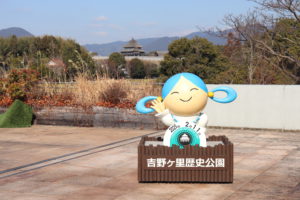 |
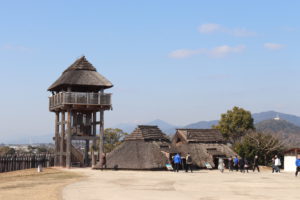 |
 |
February 11, 2025
Japanese Golden Week
Golden Week means consecutive National Holidays in Japan started from April 29
through May 6 this year.
During this period, many companies are closed and many people travel to various
places in Japan. Therefore, most of accommodation would be full booking.
We recommend that you avoid coming to Japan during Golden Week.
 |
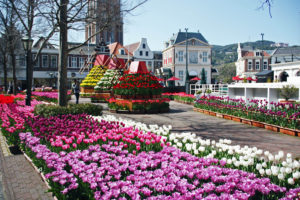 |
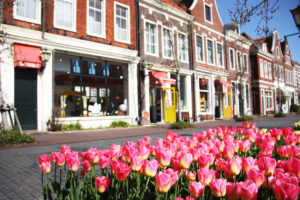 |
February 09, 2025
Yame Central Tea Plantation
The country of Green tea, Yame is a rural tranquil region of Japanese tea cultivation.
Please enjoy Japanese tea in Yama.
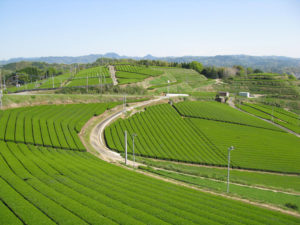 |
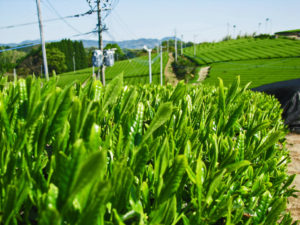 |
 |
February 08, 2025
Japanese historical buildings
We recommend visiting Japanese historical buildings such as Castles, Shrines ae well as
Temples from the view points of Artistic and Architectural design.
 |
 |
 |
February 07, 2025
Ema
Ema is a small pentagonal wooden plate on which people write their wishes and dedicate it
to shrines and temples. One side of the plaque usually has a picture of horse or the animal
representing the zodiac sigh of that year. On the other side, which is blank, people write
their wishes for wide variety of things, then hang the Ema up the certain places in the
Shrine or Temple.
 |
 |
 |
February 06, 2025
Snow in Kyushu
It is 2nd snow in Kyushu in this Winter.
The photos are at Shinozaki Hachiman Shrine in Kitakyushu-city.
 |
 |
 |
Feburuary 05, 2025
Bayside Place Hakata
Bayside Place Hakata is a shopping mall and entertainment complex adjoining
the Hakata Port Passenger Terminal. Beautiful view from the Bayside tower
observatory place can be enjoyed, such as overview of Hakata Port as well as
Fukuoka-city including Fukuoka boat race stadium.
 |
 |
 |
February 04, 2025
Tochoji temple, in Fukuoka-city
You first visit Fukuoka, we really recommend Tochoji temple for feeling Japanese culture.
The largest seated wooden image of Buddha in Japan. Tochoji temple was founded in
806 by Kobo-daishi Kukai and it is the oldest temple of the Shingon sect in Japan that
Kobo-daishi set up.
 |
 |
 |
February 03, 2025
Today’s lunch at Itoshima
We conducted the environment tour of Itoshima for Kitakyushu citizen group and took
lunch at authentic Seafood restaurant, Isonoya. Enjoyed Special seafood dish used
fresh fishes caught in the Genkai Sea.
 |
 |
 |
February 02, 2025
Hiburi-shinji, at Aso Shrine
Hiburi-shinji is the annual festival held at Aso Shrine in Aso, Kumamoto-prefecture.
Hiburi-shinji is a Shinto ritual that signifies the wedding ceremony of the gods.
A ring of flames swinging heroically colors the Shrine at night, and the whole area
is enveloped in a fantastical atmosphere. After Hiburi-shinji end, spring comes to Aso.
 |
 |
 |
February 01, 2025
